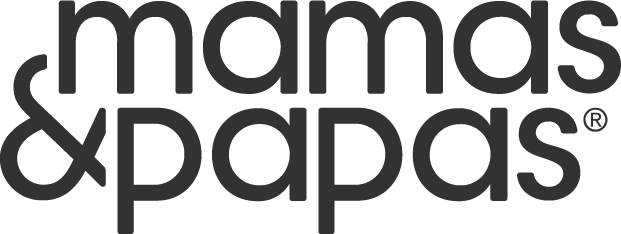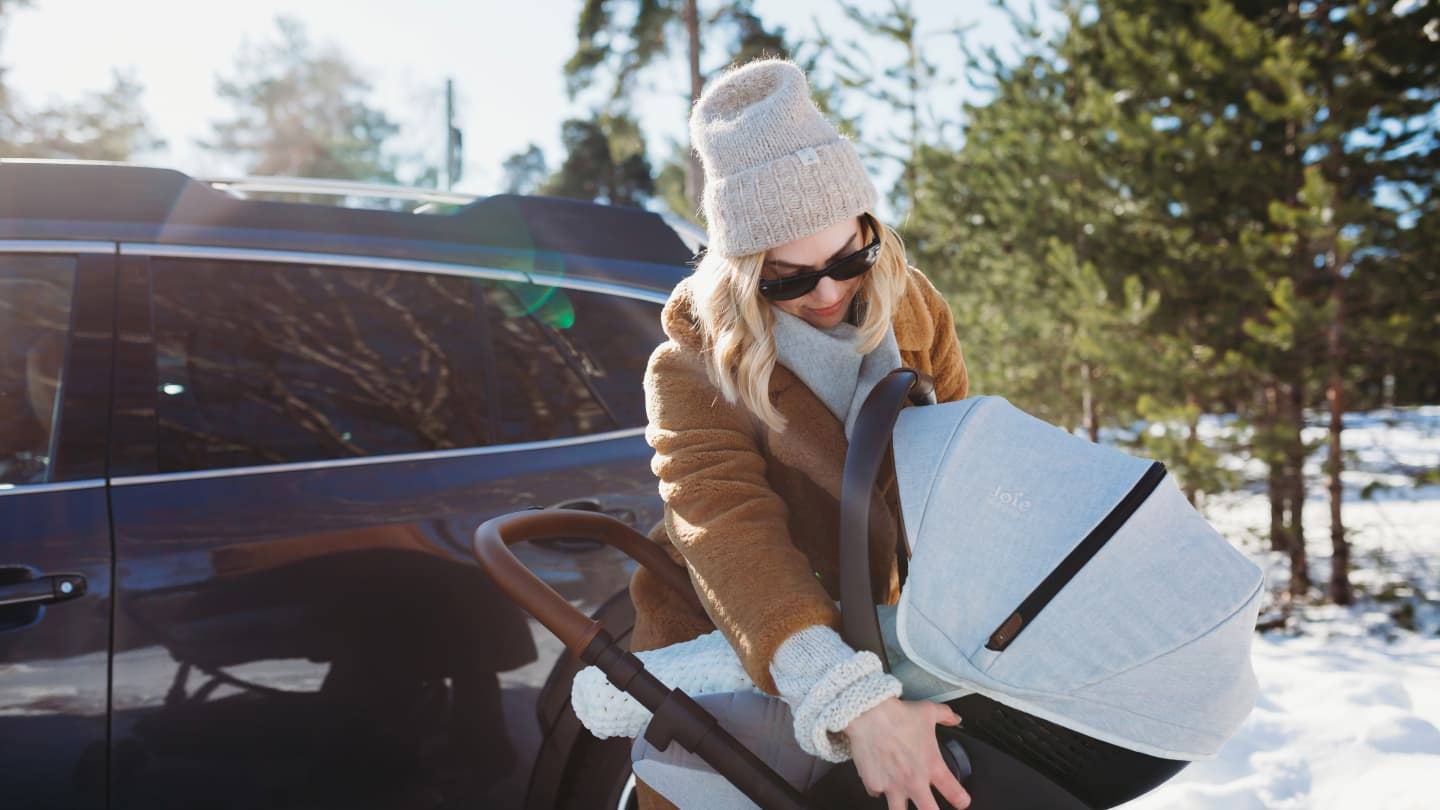Find the law around car seats confusing? We chatted to the experts at Joie to break it down for you.
Firstly, we keep hearing that there are new laws around car seats - what are they?
What you’re hearing about is probably ECE R129. ECE R129 is the new EU standard for car seat safety that was approved in July 2013. This standard has been running parallel to the older testing standard, ECE R44, ever since then.
There are several ways:
Staying rear facing for longer
ECE R129 regulations promote longer rear-facing, by requiring children travel rearward up to at least 15 months and 76cm. Additionally, ECE R129 has introduced the first-ever mandatory side impact testing, which improves protection of the child’s head and neck. While Joie always took the initiative on side impact testing, the new regulations will ensure standards are met industry-wide.
Use of advanced crash test dummies
ECE R129 makes use of the most high-tech crash test dummies available, called “Q” dummies. Not only has the sensory technology improved to test for greater sensitivity, it also features more sensors on fragile areas of the body. This means we have a better understanding of what happens during a crash, allowing us to improve the design of our car seats. The new “Q” newborn dummies now feature up to 32 sensors in critical locations: the head, neck, thorax and pelvis. These sensors are extremely delicate, designed to simulate the fragility of a newborn body.
Categorising primarily using height, instead of weight
According to ECE R129, car seat usage is determined by a child’s height as well as weight. That’s because parents tend to have a better grasp of their child's height. This usage change is designed to help parents make more educated decisions about the car seats they are purchasing for their child's life stage, and it also helps encourage proper usage of the car seat as the child grows.
Mandatory side impact testing
The new ECE R129 safety standard mandates side impact testing, in addition to frontal and rear crash testing. This means Joie's ECE R129 car seats will include additional side impact features like Tri-Protect™ headrests with Intelli-Fit™ memory foam and side impact pods.
Is ECE R129 the same thing as i-Size?
Not quite! All i-Size car seats are tested to the ECE R129 safety standard, but not all ECE R129 car seats have i-Size certification.
Ah, so what exactly is i-Size then?
i-Size is essentially an enhancement of ECE R129.
ECE R129 refers to the most recent and safest European safety regulation that controls the manufacturing of car seats. The ECE R129 safety regulation provides better side-impact protection, requires rear-facing for longer, and makes it easier to find the best-fitting car seat for your child. i-Size, on the other hand, is an enhancement of ECE R129 that makes it easier to confirm your car seat's compatibility with any i-Size approved vehicle - reducing the risk of installing your car seat incorrectly. The idea behind i-Size is that all car seats will eventually fit in all cars.
Are all ECE R129 seats i-Size?
All i-Size car seats are ECE R129 certified, but not all ECE R129 certified seats are i-Size. To qualify as i-Size, a car seat must fit within a specific box on the vehicle seat by adhering to stricter sizing and spacing ratios. The goal of i-Size is to make it easier to confirm the compatibility of a car seat when using it in an i-Size vehicle.
Do i-Size seats have to use ISOFIX?
Not necessarily! Car seats that require harness usage for one, or multiple modes, are required to use ISOFIX to meet the i-Size standard. But belted boosters, for example, do not have to have ISOFIX to be i-Size.
How can booster seats without ISOFIX be i-Size?
The main goal of ISOFIX is to keep a car seat fastened to a vehicle seat, especially for i-Size car seats that are using a harness to secure the child. Because booster seats use a seatbelt to affix the car seat to the vehicle seat and secure the child, ISOFIX is not necessary to deem it i-Size. Rather, ISOFIX is more of a convenience feature to keep the booster installed when a child is not using the seat.
How do I know if a Joie car seat is ECE R129 and i-Size?
At Joie we make it easy to tell if our car seats have i-Size certification. Here are a few checkpoints:
The car seat will have a yellow i-Size tag or it will have the i-Size logo screen printed on the fabric
The name of the car seat will include the letter "i" at the beginning of the name. For example "i-Spin 360" or i-Prodigi"
The carton, pop, manual and sales sheet will inform you if the car seat meets the ECE R129 safety standard and is i-size certified
If the car seat is i-Size certified than it meets the ECE R129 safety standard.
There are a few ECE R129 car seats that either don't have an i-Size logo and/or don't include "i" in their name, such as calmi™ R129, steadi™ R129, every stage™ R129. All of these seats meet the ECE R129 safety standard, but either don't meet the i-Size requirement or only meet the i-Size
requirement in select modes. Check with the sales team at Mamas & Papas for further clarity.
Still confused? Book a FREE car seat consultation at your closest Mamas & Papas store. Whether you’re looking for their very first car seat ahead of their arrival, or you’re wondering whether it’s the right time to move on to a next-stage, our knowledgeable team will be able to help.













